Fashion
Here’s how the OMEGA Constellation models have grown over the years

OMEGA Constellation is one of the watch manufacturer’s most popular and distinct timepieces – a stunning combination of power and beauty. Here’s a look at how this line has evolved since it first saw the light of day in the early 1950’s.
1952
The first bearer of OMEGA’s torch of industrializing precision – the very first Constellation model of 1952 – was powered by OMEGA´s chronometer-rated automatic calibre 351 and introduced the first of many features that would become legendary: the twelve-sided raised dial that was subsequently referred to as “pie pan”, the facetted massive triangular hour markers, a solid star riveted at 6 o´clock, the dauphine-shaped hands, the cross-hair decoration on the dial, the polygonal crown and the now legendary observatory-medallion on the caseback.
1953
Driving the already-famous design to new heights, 1953 saw the introduction of the Constellation Grand Luxe: the 12-sided “Pie Pan” dial was made of 18K solid gold and was finely striated to accentuate the finesse of its manufacture. The 18K gold case included beautifully-shaped hooded lugs that integrated with the unique Reinhor brick bracelet with a semi-flexible folding clasp. Powered by the chronometer-rated automatic calibre 354, this model gave new a new meaning to the words luxury, beauty and precision.
1957
Following the same path, 1957 saw the introduction of the Constellation DeLuxe. Assuring its certified precision was the rotor-wound automatic calibre 501, this model boasted yet another incarnation of the famous solid 18K gold “Pie Pan” dial, this time with highly polished bevels. Introducing a remarkably modern bracelet in solid 18K gold with flat links and a folding clasp reminiscent of later designs, this model was not only ahead of its time; it was also a remarkable success that confirmed the role of the Constellation within OMEGA´s collection for the decades to come.
1961
Encasing a member of OMEGA´s next generation of chronometer-rated automatic calibres, the 561, the 1961 rebirth of the Constellation Grand Luxe, continued with the introduction of the date-calendar within the line. A new rounded solid 18K gold dial accentuated the change and the addition of the framed date-window at 3 o´clock. The model´s luxurious design was further enriched by the newly conceived solid hour markers with unique Onyx inlays.
1964
The next step in the line´s evolution premiered in 1964 with the introduction of the Constellation “C”. The newly designed oval-shaped case provided beautiful protection to OMEGA´s chronometer-rated automatic calibre 564, a guilloche silvered dial with fine baton-shaped solid gold hour markers with Onyx inlays and black baton hands. Deriving from designs made for OMEGA by Gerald Genta, the Constellation “C” model defined precision and beauty for more than a decade.
1972
Following its pioneering spirit and keen to develop a watch that was even more precise, it was only logical the OMEGA chose the Constellation line to premiere its next technological milestone: the Megaquartz 2400. Debuting in 1972, exactly 20 years after the first Constellation model saw the light of day, it had a rectangular dial made of aventurine glass. This adventurous model was powered by the newly developed extremely high-frequency quartz calibre 1510 that featured a quartz crystal that oscillated at incredible 2.4 million times per second. Its proven accuracy of less than +/-1 second per month helped OMEGA to gain yet another important milestone: a derivative of this model became the world’s first wristwatch to be ever certified as a “marine chronometer” – and incredible achievement that has not been surpassed even today.
1982
Representing one of the most important facelifts (or “redesigns”) in OMEGA’s storied path, the Constellation “Manhattan” was launched in 1982, exactly 30 years after the original Constellation model’s premiere in 1952. By now legendary, it was with the “Manhattan” that the world first saw the Constellation’s new signature-feature: a set of aesthetically and technologically advanced system of four claws that graced the new model and have been a Constellation-reference ever since. Originally they were part of the novel case design and were used to hold the watch crystal in place, helping to ensure this model’s water-resistance. This model introduced another design element that has been connected with the line ever since: two half-moon facets on either side of the case ensured the smooth integration of the bracelet, ensuring a uniform “one-piece” look. An immense success, these features have continued to define the Constellation to this date.
Combining OMEGA’s watchmaking prowess with the brand’s social engagement, the Constellation ORBIS offers customers two opportunities to help ORBIS International give the gift of sight. The exquisite timepiece, with its sun-brushed blue dial and applied 18K white gold elements, is equipped with the OMEGA Co-Axial calibre 8520 and highlights the partnership between OMEGA and the international humanitarian organization. A portion from the profits of each Constellation ORBIS benefits ORBIS International and its efforts to fight preventable blindness around the world.
2013
Underscoring OMEGA’s dedication to product innovation and honouring its heritage, the brand introduced the Constellation Sedna in 2013, a sophisticated timepiece crafted from exclusive OMEGA Sedna™ gold and with a design inspired by the first Constellation launched in 1952. The Constellation Sedna features a “pie pan” dial and the OMEGA Co-Axial calibre 8501. This limited edition timepiece seamlessly blends the appeal of the legendary Constellation family with an innovative material.
2014

In 2014 OMEGA unveiled the newest addition to the Constellation collection – the Constellation Pluma, a striking wristwatch which takes its name from the Latin word for feather. The mother-of-pearl dials are engraved with a soft-wavy pattern cast from the iconic claws on the bezel and are graced with diamond indexes in 18K gold holders. Diamonds decorate the bezel of the stainless steel and bicolour models, adding to the watches’ extraordinary aesthetics. At the heart of the Constellation Pluma is the exclusive OMEGA Co-Axial calibre 8520.
Fashion
Salt, Silk, and Stardom: Ten Reasons Celebrities Wear Amato by Furne One

by Oj Hofer
At Take Me to the Sea, Amato by Furne One unveiled more than a resort/bridal collection — he revealed a world suspended between tides and starlight, where salt, silk, and stardom stitched themselves into every look.
Held at The Hall of the Crimson Resort and Spa Mactan, the show was a transportive experience. As waves whispered beyond the glass, Amato’s gowns swept down the runway like sirens called to shore. Here are ten reasons why global icons return — time and again — to his sea of style.
1. Salt in the Craft
His garments carry the wild grace of the sea — textured, elemental, unforgettable. Every bead, cut, and crystal tells a story shaped by emotion and intuition.

2. Silk in the Movement
Though opulent, his creations float. There’s ease in the drama — cascading motion without weight. Ideal for performers who speak through movement.

3. Stardom in the Vision
Furne doesn’t chase trends — he conjures icons. His gowns command attention while allowing the wearer’s light to radiate.

4. Salt as Spirit
There is soul in the stitching — a deep undercurrent of cultural pride and personal mythology. His work carries weight because it carries truth.

5. Silk as Spellwork
His fabrics don’t just dress — they enchant. Each piece invites touch, reverence, and awe.

6. Stardom in the Silhouette
Furne understands form. He doesn’t simply clothe a figure — he sculpts for presence. For red carpets, concert stages, and film legends.

7. Salt of the Earth
Despite global acclaim, Furne remains grounded. His humility fosters collaboration, creating space for intimacy in the creative process.

8. Silk-Wrapped Strength
There is softness, but never fragility. These gowns are fierce — veiled in elegance yet unapologetically bold.

9. Stardom as Alchemy
Wearing Amato is not mere adornment — it is transformation. A star steps into a Furne One creation and becomes mythic.

10. Salt, Silk, and the Furne Himself
Furne One is the thread. With quiet charisma and a generous spirit, he doesn’t just dress celebrities — he disarms them. And from that space of trust emerges what every artist longs for: wonder.
And in Amato’s world, wonder always wins.

Fashion designer Furne One
Fashion
Ravens, Runways, and Revelations: A Glimpse of Amato
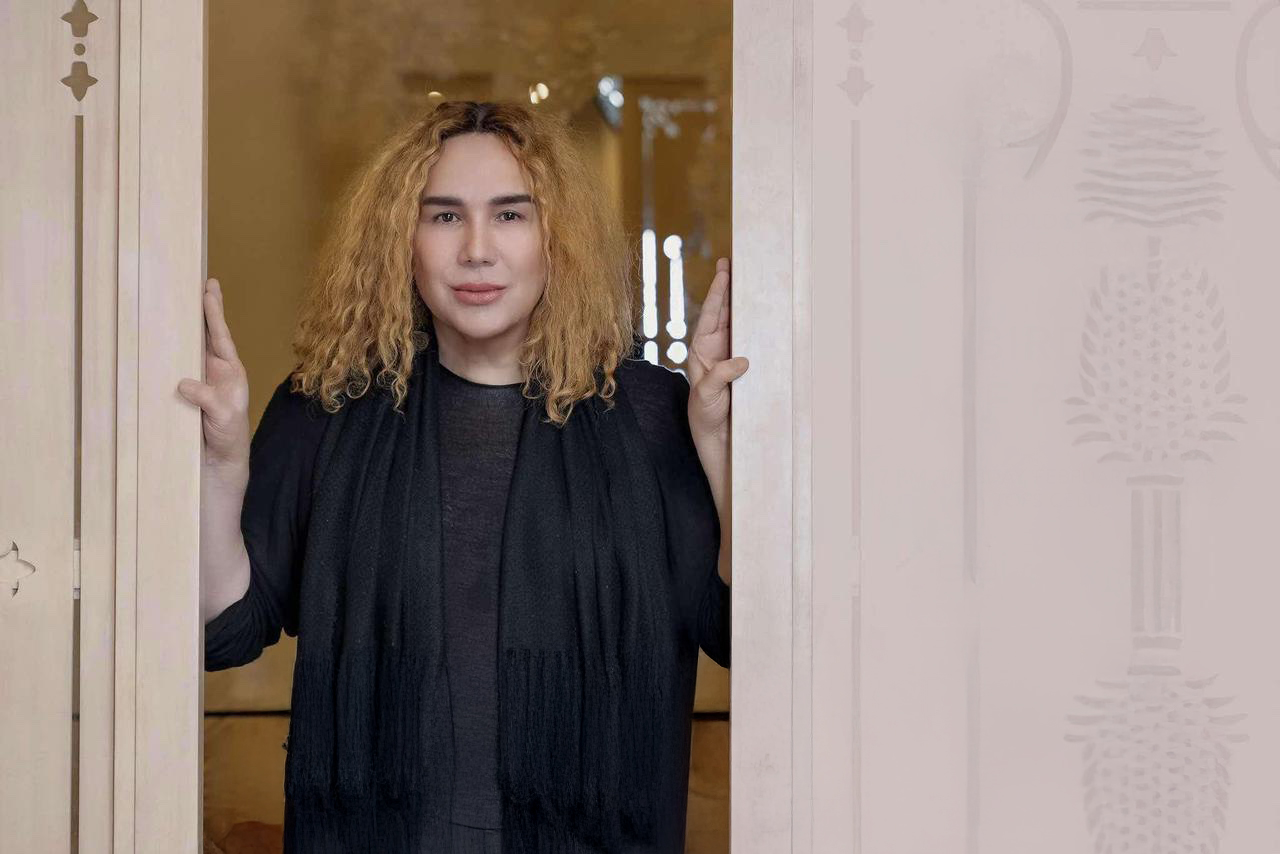
by OJ HOFER | photo credit JOSEPH ONG | jewelry ROYAL GEM
Fashion had become as instinctive as breathing—so natural that one scarcely noticed it. Yet, after seasons adrift in sartorial limbo, the piercing peal of Birds of Prey by Amato Furne One jolted this archipelago’s fashion scene to attention. Amato’s spectacle soared beyond mundane couture, drawing me from the quiet of my atelier to the intoxicating front row at the reinvented Tops in Busay—from the low murmur of machines to the electrifying brouhaha of the style set.
- A lattice dress with an aureole, beautifully bedecked with Birds of Prey, opens the show.
- A winged bustier frames the face with bold curlicues.
- A fringe dress with a farthingale rustles mysteriously in the nocturnal stillness.
- A bell-shaped T’nalak dress, woven with vivid dreams, sways with mystery.
- A T’nalak ballgown, shrouded in black mesh, catches the moonlight like a whispered secret.
- An entrance-making tulle and T’nalak off-shoulder ensemble commands attention.
- A crystal-studded bodysuit paired with a vinyl trench coat burns with fierce intensity.
- A red lacewing butterfly emerges, shedding the remnants of a tattered cocoon.
- A fiery ensemble, cloaked in phantom glamour, leaves an unforgettable impression long after the wearer’s exit.
Amato is not merely a label; it is a visionary ideal stitched in silk and dreams, a symphony of artistry that transforms yarns, fibers, and fabric into fashion phantasmagoria. Under the deft hands of Furne One, Amato has adorned the world’s most fearless icons—Beyoncé, Lady Gaga, Katy Perry, Jennifer Lopez—women who, like his creations, embody style, strength, and spectacle. His couture is not merely worn; it takes flight, transforming the wearer into a mesmerizing apparition of fleeting beauty—a phenomenal vision that lingers long after the moment has passed.

But how does one conjure such fantastical transformations? To offer a glimpse into the mind of this visionary, we posed three playful questions:
Oj: If you were a bird, would you soar as a mighty raptor or scheme as a clever corvid?
Furne: I’d be a raven—sharp-witted, shrouded in mystery, and draped in the perfect shade of midnight. Its inky plumage matches my flair for dark romance; because even in shadows, I prefer a little drama.
Oj: What would be your most formidable power?
Furne: As a raven, I straddle the seen and unseen—transcendence is my superpower.
Oj: What bird would you absolutely refuse to be reborn as?
Furne: Never a turkey—too commercial, too festive, and far too likely to end up as Thanksgiving dinner.
Fashion
Lucky Colors of 2025: Harness the Energies of Emerald Green & Carmine Red for Success
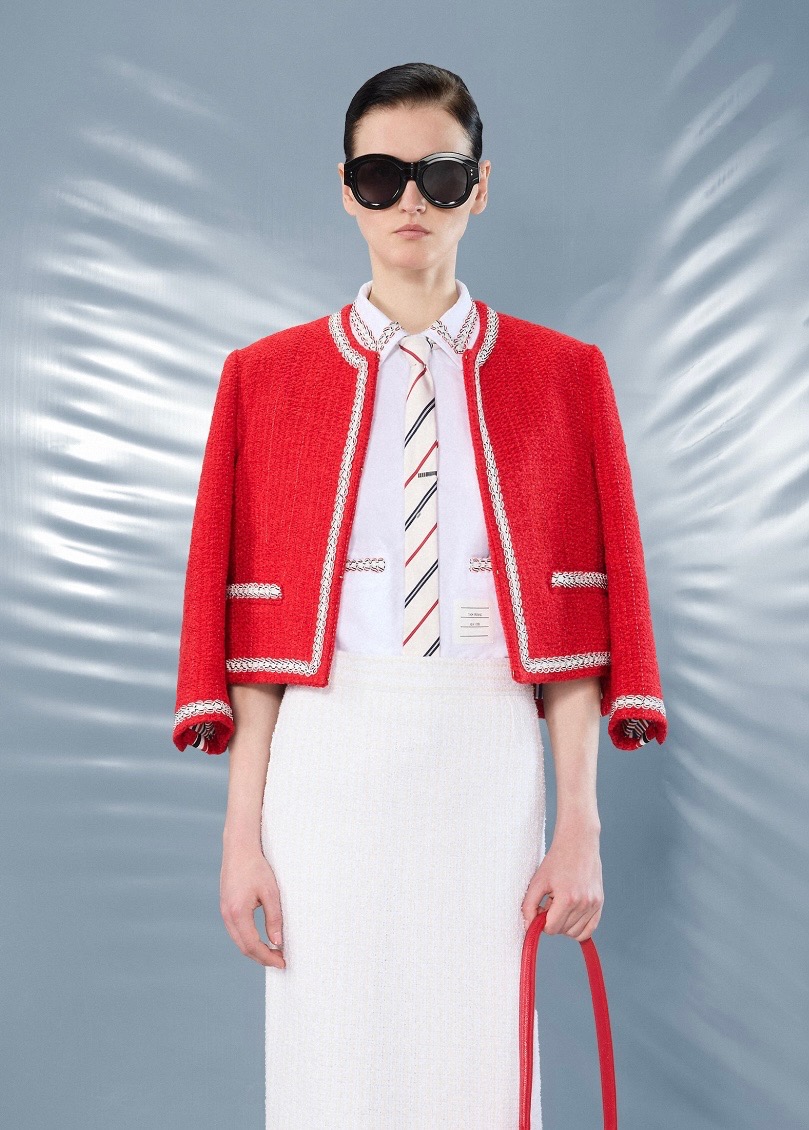
by Oj Hofer
With the Year of the Wood Snake underway, understanding the significance of lucky colors can help align us with its energetic flow. Rooted in Chinese astrology and Feng Shui, the year’s fortifying shades—emerald green and carmine red—offer mindfulness and good intention attracting luck, and fostering personal growth.
Emerald green, associated with the Wood element, symbolizes renewal, clarity, and inner peace. In the year of the wood snake, its dynamic energies will empower and inspire you, fostering growth, renewal and wise transformations. The hue is ideal for moments of self-reflection, study, or creativity. Wearing or incorporating this shade into your space enhances balance and mental focus.
Carmine red, linked to the Fire element, embodies passion, confidence, and vitality. This year, which according to the Bazi Four Pillars Chart, has a lack of metal, earth and fire elements, it will bring balance and the propitious energies. It’s perfect for professional meetings, decision-making, and moments requiring assertiveness as a splash of red can energize and embolden you throughout the day.
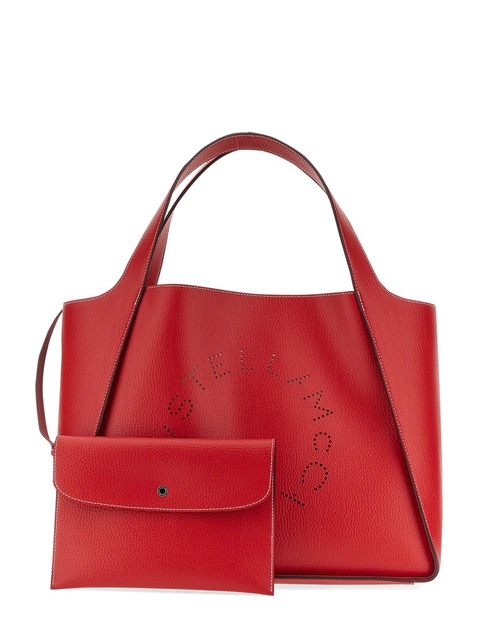
Stella Macartney vegan Leather tote
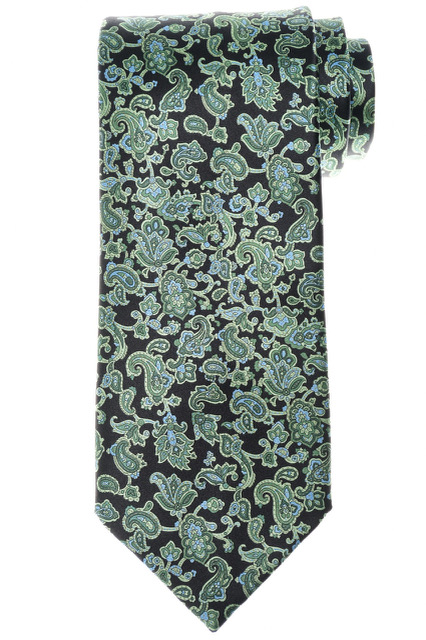
Stefano Ricci silk tie with paisley print
To fully harness their benefits, use these colors in a contemporary, mobile context; through clothing, jewelry, bags and accessories. Alternate between these two potent tints based on your needs. For example, wear green for calmness and clarity when you are going into stressful and mind challenging meetings or appointments. Choose red when you are going into places or situations where you need courage and motivation such as fashion galas, elite socials, prestige affairs, VIP gatherings and so forth.
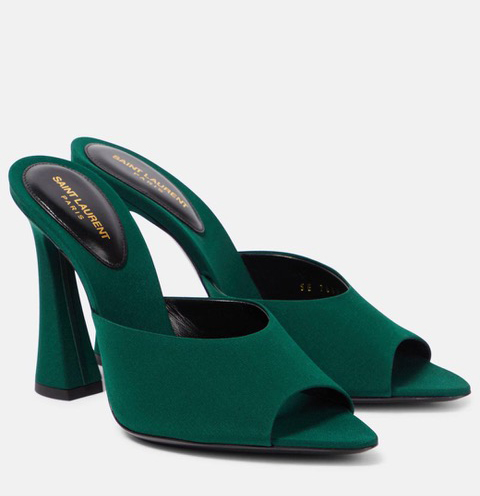
Saint Laurent crepe de chine mules
Optionally, you can also choose to wear these colors inconspicuously in small details, such as a garnet or jade bracelet, or a ruby or emerald pendant and earrings set. Men can wear a burgundy or forest green tie or pocket square, or casual polo shirts with poppies or with botanical prints, or jade and garnet jewelry. Doing so can subtly align your energy with the year’s vibrational flow.

Jan Leslie emerald bracelet
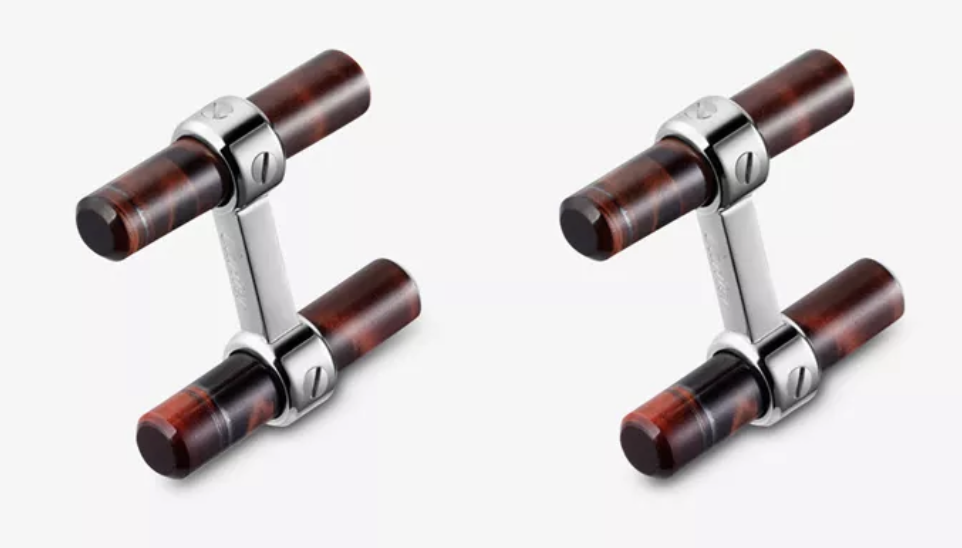
Daily Mood Cuff Links with red tiger’s eye tubes
The use of colors is more than just aesthetic choices or preferential picks. Colors can serve as energetic tools, reminding you of your good intentions and keeping you mindful of you daily motions. Effecting an optimistic mental state in the wearer, they can effectively shield you from negativity while fostering prosperity and emotional balance. Thoughtfully incorporating them into your wardrobe and surroundings ensures that you move through 2025 with confidence and the right intentions.
Embracing emerald green for tranquility and carmine red for strength are intentional, mindful choices that have the power to transform your energy and shape your path forward. May you have the best of luck in navigating through Year of the Snake with harmony, energy, and the power to attract good fortune.
-

 People2 months ago
People2 months agoThe Cardinals–an Amazing Gallery of Portraits on Cardinals in the Philippines by Artist Jun Impas
-

 QuickFx4 weeks ago
QuickFx4 weeks agoHill Station Baguio-Mitos Benitez-Yñiguez Raises the Bar with a Gastronomic Experience in a Cultural Heritage Building
-

 Style1 month ago
Style1 month agoFilippo Summer/Spring 2025 Menswear Collection-Fashion Designer Phillip Rodriguez Stays on Top of the Game
-

 Prime Target3 months ago
Prime Target3 months agoCarlo Gabiana—The Illustrated Man Makes a Mark on Cebu’s Tattoo Scene
-

 Arts & Culture3 months ago
Arts & Culture3 months agoChaos and Clarity: Zen Aesthetic in Oj Hofer’s Art
-

 Beauty & Wellness3 months ago
Beauty & Wellness3 months agoThe Lowdown on IV Drips–Dr. Victoria Jordan Sarmiento Opens Krowne Premiere Medical Aesthetics to Promote Overall Well-being
-

 QuickFx2 months ago
QuickFx2 months agoArt Beat–Maris Holopainen returns to the Original Qube Gallery Crossroads with a Smash Hit in Unscattered Voices
-

 Prime Target3 months ago
Prime Target3 months agoJamie Gellor–A Multihyphenate at the Intersection of Business, Beauty, and Wellness





















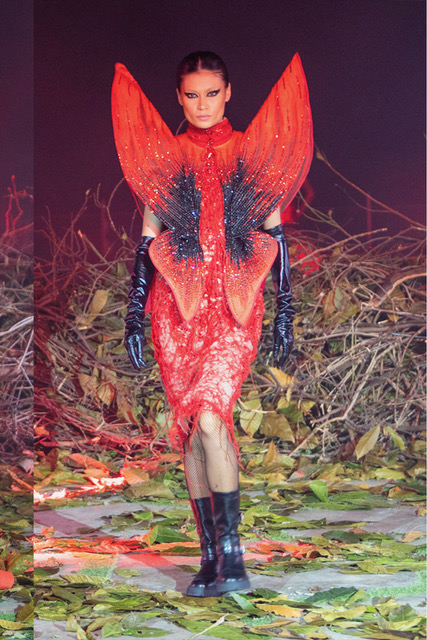
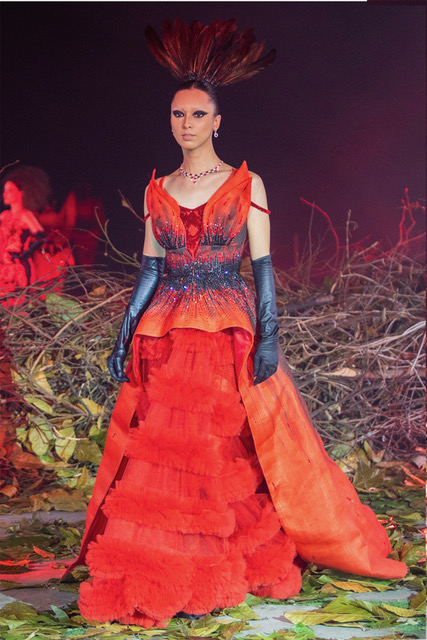





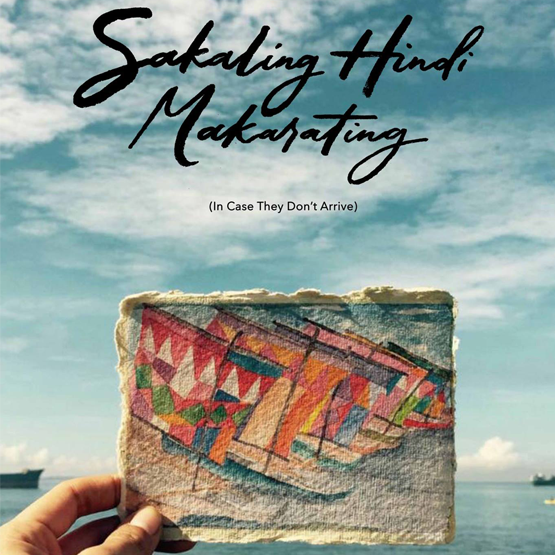





You must be logged in to post a comment Login